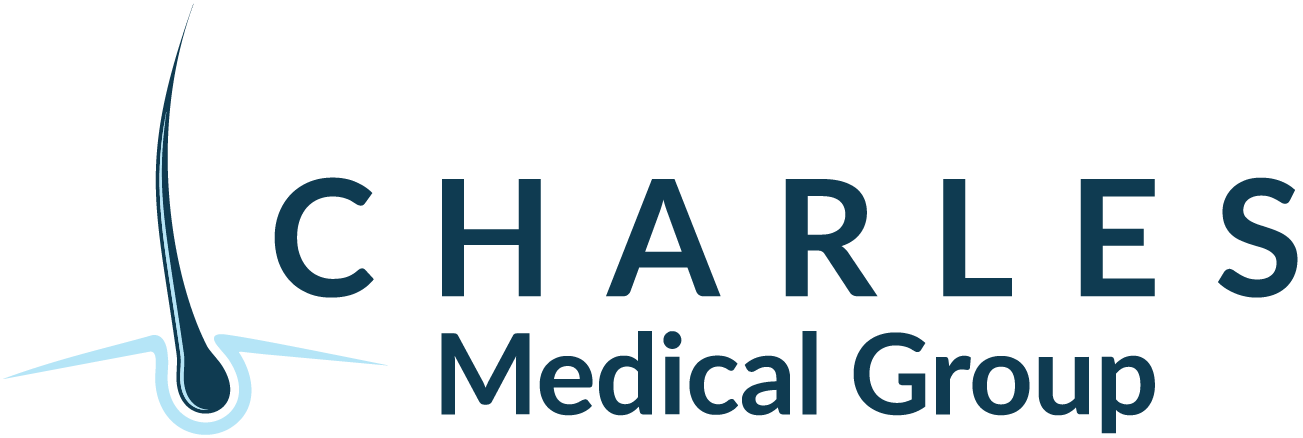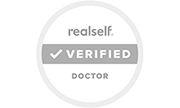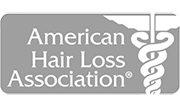Hair loss is a common concern that affects millions of people worldwide, leading many to seek treatment through medication. However, like all drugs, treatments for hair loss can come with a list of potential side effects. Understanding these side effects is crucial for anyone considering pharmaceutical intervention for hair restoration.
The Double-Edged Sword of Hair Loss Medications
Hair loss medications are widely used because of their proven effectiveness in preventing hair loss and, in some cases, stimulating regrowth. The most common medications include Minoxidil, applied topically, and Finasteride, which is taken orally.
Minoxidil, known under the brand name Rogaine, works by widening blood vessels, which in turn improves blood flow to the hair follicles. This process can revitalize shrunken hair follicles, increase their size, and prolong their growth phase. Despite its benefits, Minoxidil can cause side effects such as scalp irritation, unwanted facial hair growth, and in rare cases, rapid heart rate.
Finasteride, often known by the brand name Propecia, is a prescription pill that reduces the body’s production of dihydrotestosterone (DHT), the hormone responsible for hair loss in men with androgenetic alopecia. While effective, Finasteride can lead to side effects such as decreased libido, erectile dysfunction, and even depression.
Clinical Data vs. Anecdotal Experiences
Clinical trials provide vital information about the safety and efficacy of hair loss medications. These studies help identify common side effects and their prevalence. However, it’s important to consider that individual experiences can vary. Anecdotal evidence from patients who have used these medications often gives a more personal perspective on the frequency and severity of side effects.
A Cautious Approach to Treatment
Before starting any hair loss medication, it’s imperative to consult with a healthcare provider. Specialists like those at Charles Medical Group can offer personalized advice based on a patient’s health history and the specifics of their hair loss condition. They can also monitor for side effects and make necessary adjustments to treatment plans.
When beginning treatment, it’s advisable to start with the lowest effective dose and gradually increase as needed, under the guidance of a medical professional. This approach can help minimize the risk of side effects while allowing you to evaluate the drug’s effectiveness on your hair loss.
Alternatives and Supportive Treatments
For those who experience side effects or prefer not to use these drugs, there are alternative treatments available. Charles Medical Group offers a range of non-pharmaceutical options, including Low-Level Laser Therapy (LLLT), Platelet-Rich Plasma (PRP) treatments, and hair transplant surgery, all of which can be effective in promoting hair growth without the side effects associated with medications.
In Conclusion
Hair loss drugs like Minoxidil and Finasteride have the potential to significantly improve hair loss and, in some cases, promote regrowth. However, they are not without their side effects. It’s crucial to weigh the benefits against the potential risks and to engage in an ongoing conversation with hair restoration experts, such as those at Charles Medical Group. With the right guidance and a thorough understanding of the medications available, you can make a well-informed decision and take a step forward on your hair restoration journey with confidence.





